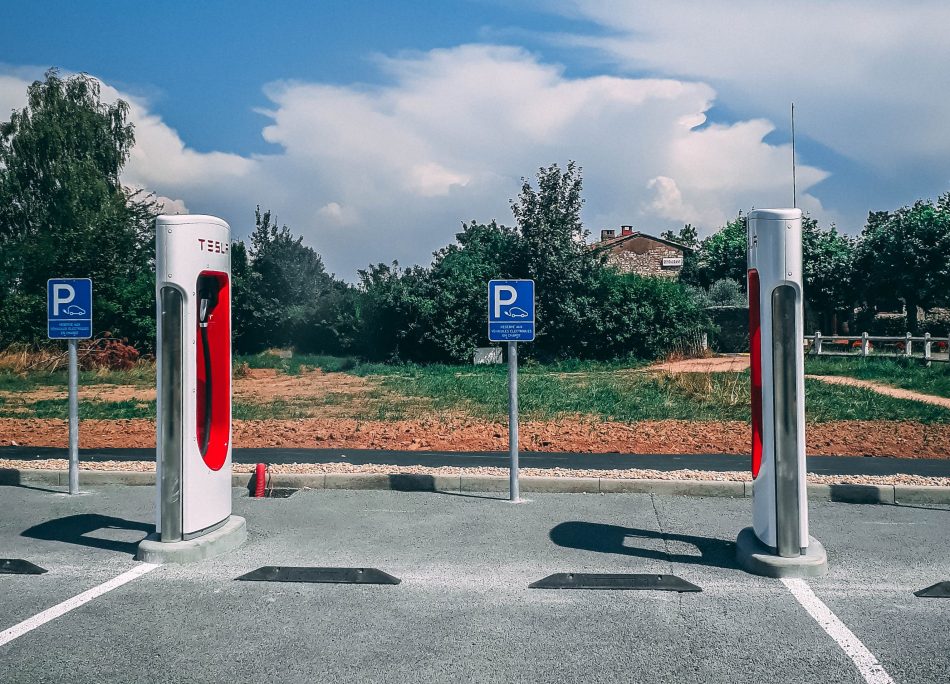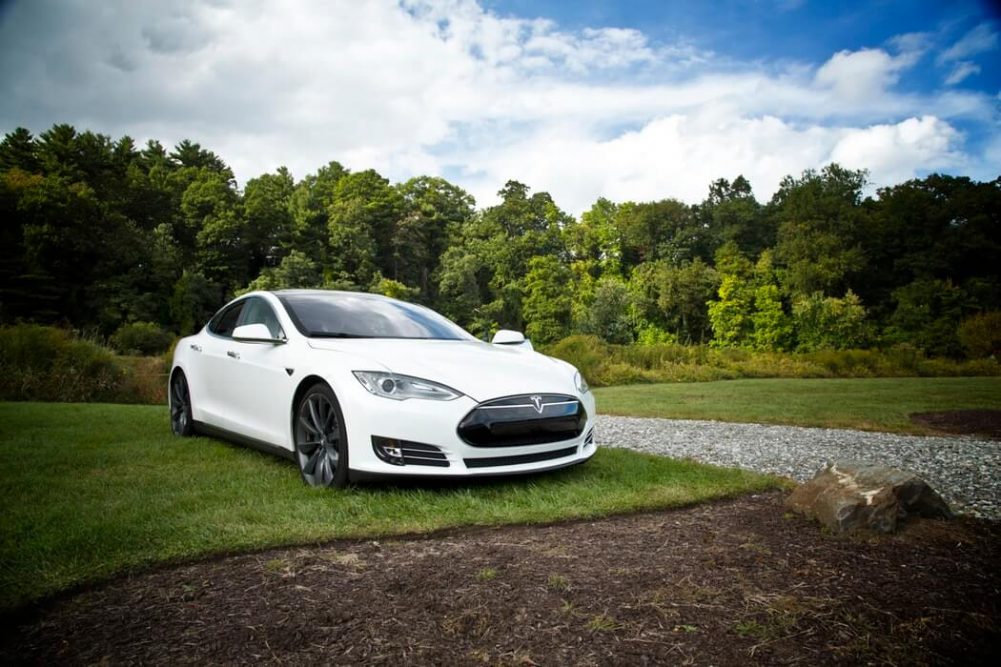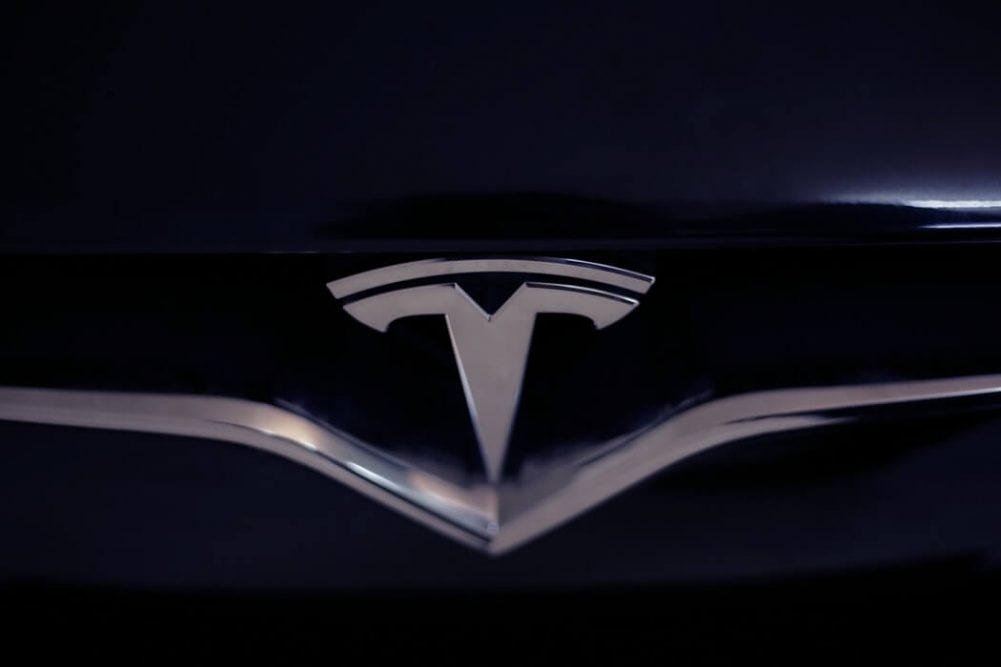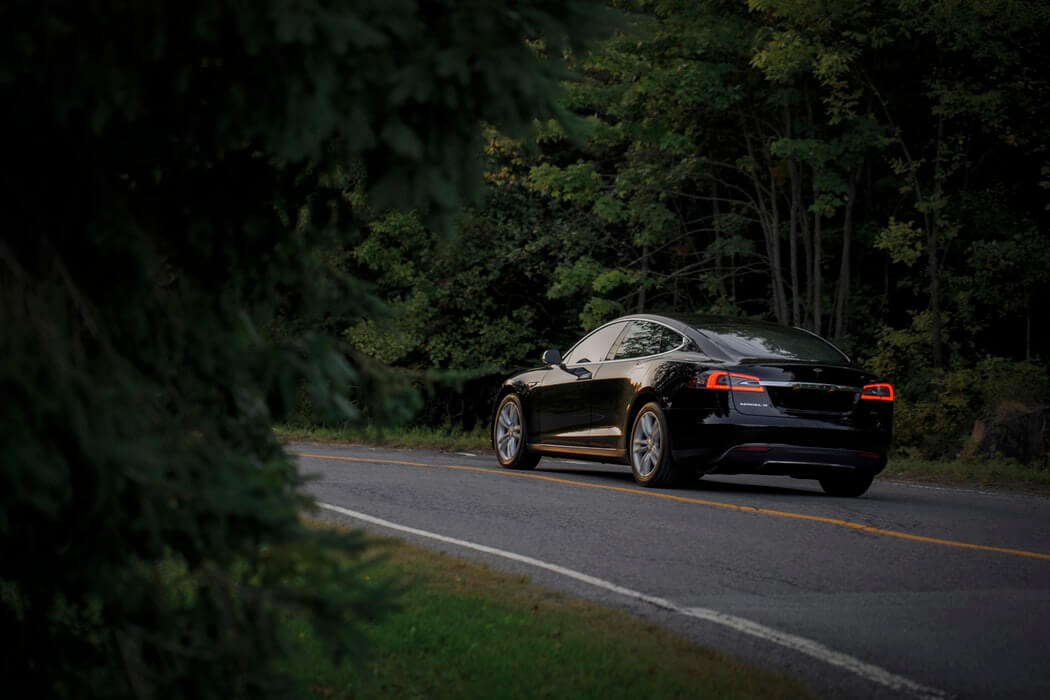This article is Part 3 of an 11-part series analysis of Tesla, Elon Musk and EV Revolution. You can read other parts here.
Range anxiety is a real thing when you buy an EV or consider buying one, but charging has not been an issue for me at all. My Model 3 came with a portable charger. My garage, like most others, has a 110-volt outlet. At 110 volts, my Model 3 is charged at about four miles of range per hour. It would take three days to fully charge the car.
I hired an electrician, and $650 later my garage is wired with a 220-volt outlet (the same voltage your traditional washer and dryer use). If I bought a special charger from Tesla for $500, it would be hardwired into my 220-volt outlet and charge my car at 45 miles an hour. I use the portable charger that came with the car, plugged into the 220-volt outlet, and my car is charged at 30 miles per hour. It would take roughly 10 hours to fully charge the battery (remember, the total driving range is 310 miles). When I come home, I park my car in the garage and connect the charging cable, and an hour or two later the car is fully charged. I cannot tell you how much I do not miss gas stations.
Tesla recommends not fully charging on a daily basis. That’s not good for the health of the battery, and regenerative braking does not kick in if the car is 100% charged. I drive 20 miles most days (the average American drives 30 miles per day). I charge my car to 270 miles on a daily basis, but I charged to 300 miles when my kids and I took our (almost) annual 360-mile road trip to see the Santa Fe Opera.
Tesla has about 600 Superchargers around the country. Superchargers output higher voltage and thus charge a car at about 400–500 miles per hour – well, kind of. The first 80% of the charge is at that rate, and the last 20% is at one-third of that speed. A third of the way into our Santa Fe trip, we stopped at a Supercharger in Salida, Colorado. We didn’t need a full charge to make it to Santa Fe, and 20 minutes later we were on our way.
Our hotel in Santa Fe had a 110-volt outlet in the parking garage that they let us use for free, and thus the car got an additional charge of 40 miles a day while it was parked. (Some hotels offer what Tesla calls destination chargers, which are basically 220-volt outlets equipped with Tesla’s small charger, which charges a Model 3 at about 30 to 45 miles per hour – plenty of charge if you are staying overnight).
Was this as convenient as an ICE car? Of course not. Tesla’s Supercharger in Salida was in the middle of nowhere, so we could not go to lunch and ended up walking around for 20 minutes. If we had needed a full charge, it would have taken an hour. For our drive back, we found a Santa Fe Supercharger located in the parking lot of a shopping mall, so the kids and I spent 20 minutes in a coffee shop.
At the beginning of the trip, I was mildly concerned about running out of juice before we reached Santa Fe. However, we were accompanied by perfect weather, and the car guesstimated within just a few miles how much energy it would take for us to reach our hotel. There are about 110,000 gas stations in the U.S., so you can be quite mindless about keeping gasoline in your car. With an electric car, you don’t have that luxury – yet.
Side note: Three years ago, on the same drive from Santa Fe to Denver, we discovered that there is a 60-mile stretch that doesn’t have a single gas station. We were driving on fumes and ended up buying gasoline from an entrepreneurial restaurant owner at $10 per gallon. (She stored gasoline just for such occasions.) We gladly paid the price, and I explained to the kids that while some people might call this gouging, it was capitalism at its best. If she were driven by altruism, she would run out of her stored gas very quickly and we’d have been stuck in the middle of nowhere, calling for a tow truck.
We need to transport ourselves out of the “gas station” paradigm when we think about EV charging. I’d like you to think about what it takes for oil to be extracted and turned into gasoline. Oil is drilled from deep in the ground in an often desolate place on land or the ocean and transported, by pipeline or boat, often thousands of miles. Then it has to go through a complex purification process (refining) to be converted to a form that gasoline engines can utilize. Next, the refined gasoline has to be transported hundreds more miles. It has to be stored and then trucked again to gas stations, which are basically retail stores that sit on top of very flammable 12,000- to 24,000-gallon gasoline tanks. The fact that we actually have 110,000 such locations around the country amazes me.
When people think about charging electric cars, the first thought that comes to mind is: “So you are going to put charging stations at gas stations. You are going to have long lines of people waiting to charge their cars, since it takes much longer to charge an electric car than to fill a car with gas. It will never work.”
We need to change the paradigm.
EVs are plugged into the existing electrical infrastructure that powers everything around us. Electricity is ubiquitous, so you are no longer tied to a station with tanks buried underneath it. Everyone in the U.S. (except the homeless) lives in a dwelling, most of them in houses that have garages and thus their own “gas stations,” just as I do. I suspect homeowners with garages will be the early adopters of EVs – this is two-thirds of the country.
But let’s say you live in an apartment and you don’t have a garage. Most of us spend a few hours a week shopping at grocery stores. Once penetration of electric vehicles increases, you’ll have charging stations in grocery parking lots. You’ll park your car to go shopping, plug it in, come back 30 minutes later, and your car will be charged.
Capitalism will take care of building out the charging infrastructure. Here is my prediction: At some point, we’ll have a charging station mini–stock bubble as companies raise capital and do a land grab. Grocery stores will use charging stations to attract customers, and soon those that can’t offer that service will lose customers.
Come to think of it, charging stations will be in all parking lots, from restaurants to office buildings. EV charging will turn into another revenue source for parking lot owners.
I guesstimate that it costs about $8 to fully charge my car at home (about 2.5 cents per mile) and $18 (6 cents per mile) at the Tesla Supercharger. My local utility charges 11 cents per kilowatt, and Tesla charges 24 cents. Thus, Tesla is making a 55% gross margin, or about $10, on every Model 3 customer who “fills up.” (Model X and Model S owners charge their cars for free).
I can see the following business model emerge. Let’s say you spend $2,000 per parking stall for equipment and getting the space wired. You make $10 of gross profit per hour. You pay a third to the parking lot owner. You get to keep $7. Let’s say each stall is utilized five hours a day (a number I just picked from thin air); that’s $12,000 a year per stall in pretax profit, or a 6x return on investment.
Of course, Tesla is charging 24 cents per kilowatt because it wants us to use its Superchargers only when we really need them, so that 55% gross margin is not sustainable and will decline. Today we still have almost 30,000 laundromats in the U.S. – charging EVs is a much better business. EV charging will be the next gold rush, and traditional gas stations will go in the same section of history books as technologies that we have a hard time explaining to our kids – phone booths, cassette tapes, flip phones, horse stables.
The transition from ICE cars to electric vehicles is a bit like the transition our ancestors went through when society switched from horses to ICE cars. At first, people were wondering how they were going to “feed” those cars (it was a lot easier to find grass than gasoline), whether they would have enough decent roads to actually drive anywhere, and whether cars would be crashing into pedestrians and each other. It is obvious to us now that transitioning from horses to cars required a very different type of thinking – a completely new paradigm.
The domain of horses came with an ecosystem that was simply not applicable when we switched to the domain of ICE cars. Even though both performed the same function – horses got people and goods from point A to point B, too – ICE technology was fundamentally different, and so was its ecosystem. I will come back to this very important analogy later.
I imagine the 110,000 gas stations that keep our ICE cars humming along today will look like a rounding error when we count up the millions of electric “filling stations” that will be located in our garages and parking lots.
This is just one out of 11 parts of my analysis of Tesla, Elon Musk, and the EV revolution.
You can get complete analysis as an email series, PDF, EPUB or Kindle ebook here or email at .









0 comments